Royal Navy Forced To Retire Frigates Due To Personnel Shortages: Report
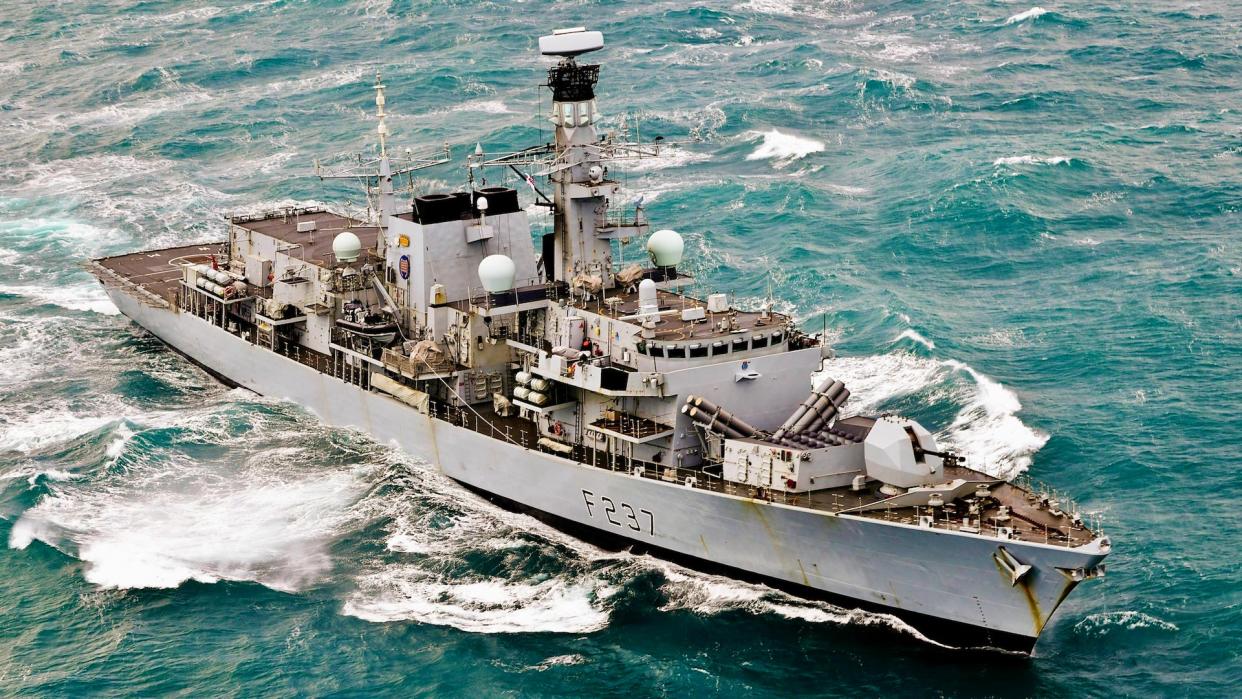
The U.K. Royal Navy is so short on sailors that it is reportedly having to decommission two Type 23 class frigates in order to staff its new class of frigates. If this comes to pass, it would reduce the service's current fleet of 11 Type 23s to nine. That the frigates may be decommissioned comes at a time when the Royal Navy's major surface combatants are in high demand, including in the Red Sea.
Details on the Royal Navy's possible decision to decommission the Type 23, or Duke class, frigates HMS Argyll and Westminster, commissioned in 1991 and 1994 respectively, were originally reported by The Telegraph newspaper, citing unnamed defense and government sources. The Royal Navy and the U.K. Ministry of Defense have neither confirmed nor denied the claims thus far, and The Telegraph was seemingly unable to establish a timeline for when the frigates' retirement may occur from its sources.
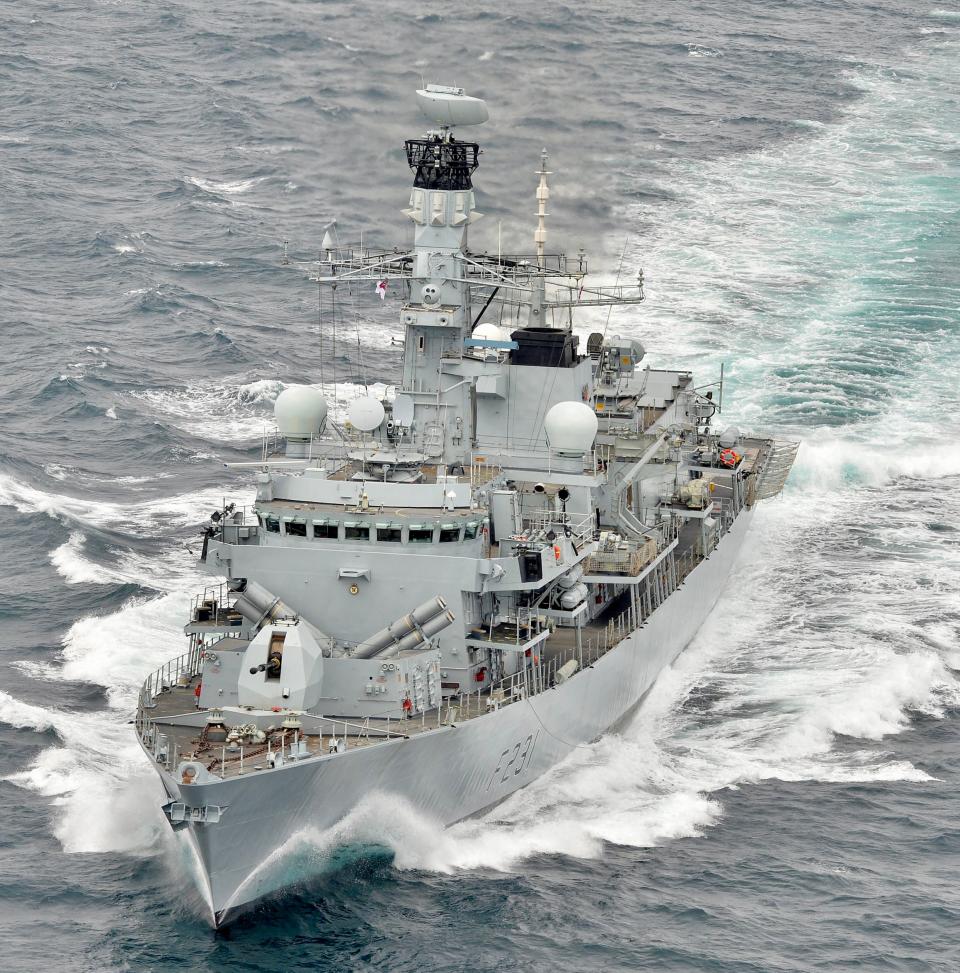
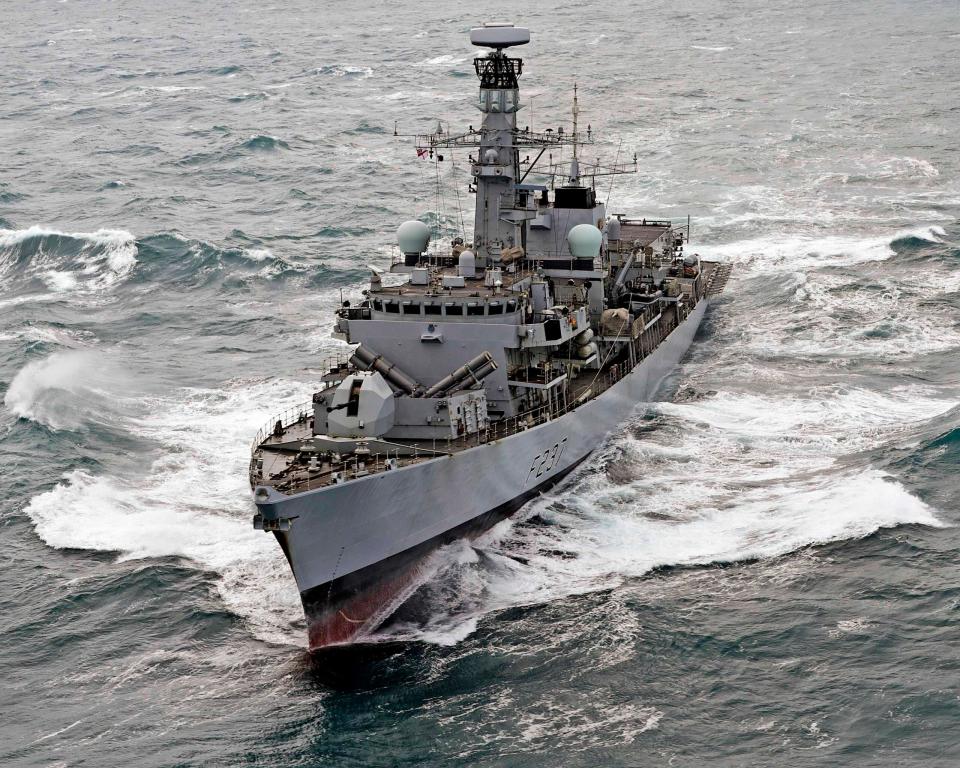
"We will have to take manpower from one area of the Navy in order to put into a new area of the force," the newspaper reports, citing an unnamed defense official. Once in service, the crews from the two Type 23 frigates will be sent to work across the future Type 26 fleet, the publication notes. Following their decommissioning, Argyll and Westminster will either be scrapped or sold, according to the newspaper.
An unnamed Whitehall source who spoke to The Telegraph confirmed the personnel changes and retirement plans for the vessels, stating that they will allow the service to focus its attention on "updating the Navy into a modern, hi-tech fighting force."
"It is always emotive when ships that have a long history of service come to the end of their working life," the source claimed. "They and the sailors who crewed them have done the country proud. But decommissioning them is the right decision."
The Royal Navy has already reduced its fleet of Type 23s since they were first introduced. In total, 16 of those vessels were commissioned from 1990 to 2002, and five have been decommissioned thus far. Three of those decommissioned frigates — HMS Norfolk, Marlborough, and Grafton — were sold to the Chilean Navy in the mid- to late-2000s.
Eventually, the Royal Navy seeks to retire all its Type 23 frigates by 2035, which currently form a critical component of its front-line fleet safeguarding British maritime trading routes and other interests. Those frigates will be replaced by Type 26 City class frigates and less capable Type 31 Inspiration class frigates.
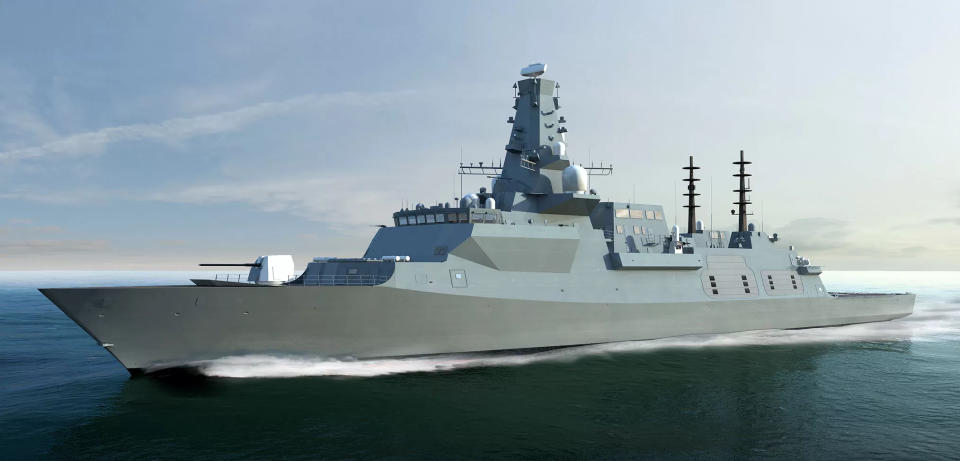
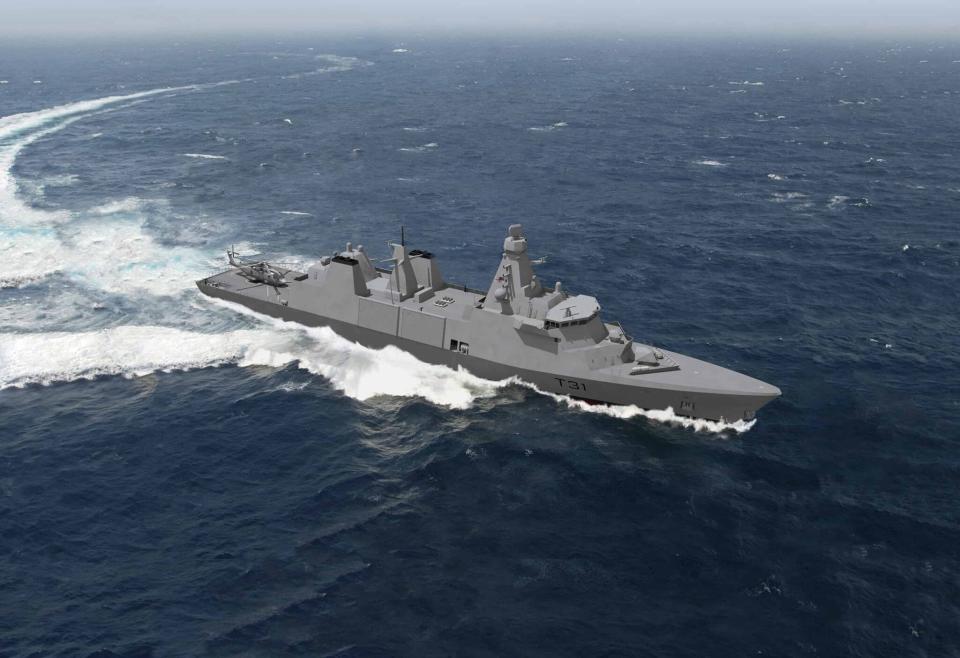
Previously, the U.K. Ministry of Defense intended to build 13 Type 26 frigates, construction of which began in 2017, which will be larger and more capable than the in-service Type 23s. You can read more about the various features and capabilities of the Type 26 in our previous feature here.
However, in 2015 the total number of Type 26 frigates to be built was reduced to eight, with the remaining five to be made up of smaller Type 31s.
From a numbers perspective, the total crew complement of nine Type 23 frigates would be roughly comparable to eight Type 26s and five Type 31s, if Argyll and Westminster are indeed retired. Type 23 frigates boast a crew complement of 185, with accommodation for up to 205. Type 26 and Type 31s feature crew compliments of 157 and 80-100, with accommodation for up to 208 and 180, respectively. As such, the total number of staff needed to operate nine Type 23s stands at 1,665. The equivalent number for the future fleet of Type 26s and Type 31s ranges from 1,656–1,756.
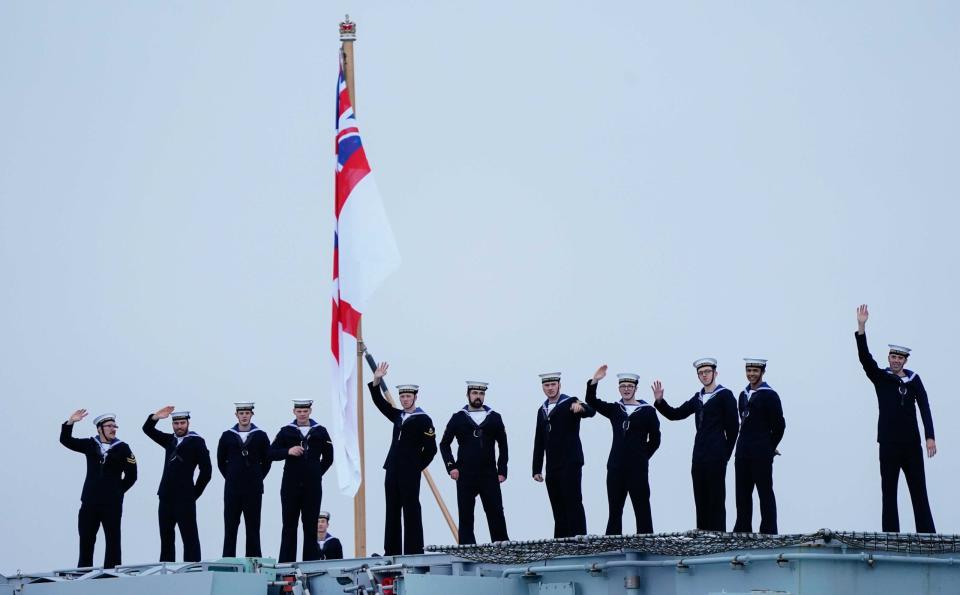
Irrespective of its future plans, however, the Royal Navy is stretched extremely thin across its global requirements; both in terms of manpower and available vessels.
While U.K. government budget cuts have partly been responsible for manpower shortages in recent years, the service has also experienced a recruitment crisis as of late. Between March 2022 and March 2023, intake for the Royal Navy and Royal Marines dropped some 22.1 percent according to U.K. Ministry of Defense figures, The Telegraph reports. Those figures represent a sharper decline in recruitment compared to the Royal Air Force and the British Army across the same period; which saw a 16.6 percent and 14.6 reduction in recruitment. To put it in other terms, between July 2022 and July 2023, the total workforce of the Royal Navy shrank by some 4.1 percent. As of October 2023, U.K. government statistics note that the total combined strength of the Royal Navy and Royal Marines stood at 37,960.
Critics have decried the possibility of the decommissioning in light of the Royal Navy's shrinking fleet size and broader readiness concerns. The former chairman of the U.K. Parliamentary Defense Select Committee, Tobias Ellwood, described the decision as "baffling" given the U.K.’s surface fleet already remains "massively overstretched."

"During the Gulf War the Royal Navy boasted 51 frigates and destroyers," he said. "That number will soon fall to just 16. Yet our world is more dangerous than [at] any time since 1945. The strength of today’s Royal Navy is simply inadequate to handle the ever-complex threat picture that is harming our economy."
Others have pointed to the critical short-term capability gap retiring the frigates may generate, with reference to the recent chain of events to have unfolded in the Red Sea. As it stands, the U.K. has the Type 45 destroyer HMS Diamond in the region to protect merchant shipping vessels from Houthi strikes as part of Operation Prosperity Guardian. However, The Telegraph claims that HMS Lancaster, a Type 23 frigate in the region, could be moved in order to support Diamond.
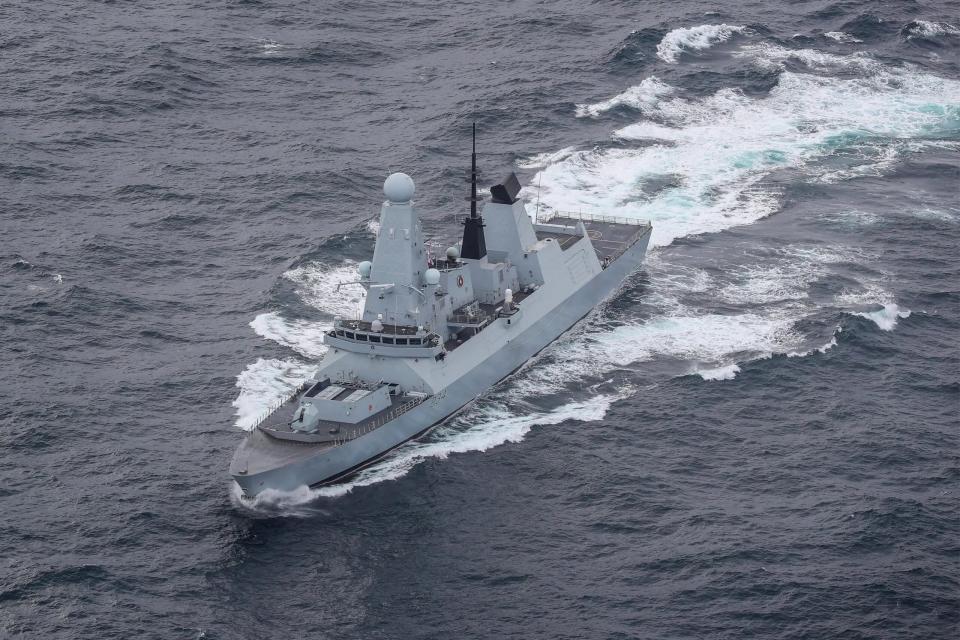
"We are losing operational ships — which is all very well as long as there's no war in the next few years," said the former First Sea Lord Alan West.
"With the number we’ve got, if we get involved in any action we are really poorly placed. If the government had taken seriously the issue of frigate numbers over the last 10 years, there would be sufficient [numbers] to meet the requirements of trade protection in the Red Sea."
The possible decision to retire Argyll and Westminster could therefore leave a capability gap for the Royal Navy in the near term, especially given that Type 26 frigates are years away from entering service. Both Argyll and Westminster were expected to remain in service until the late 2020s. The first Type 26 frigate, HMS Glasgow, is expected to reach Initial Operating Capability around 2028, while all Type 26 frigates are likely to be completed by the mid-2030s, which lines up with the current retirement plans for the Type 23 fleet.
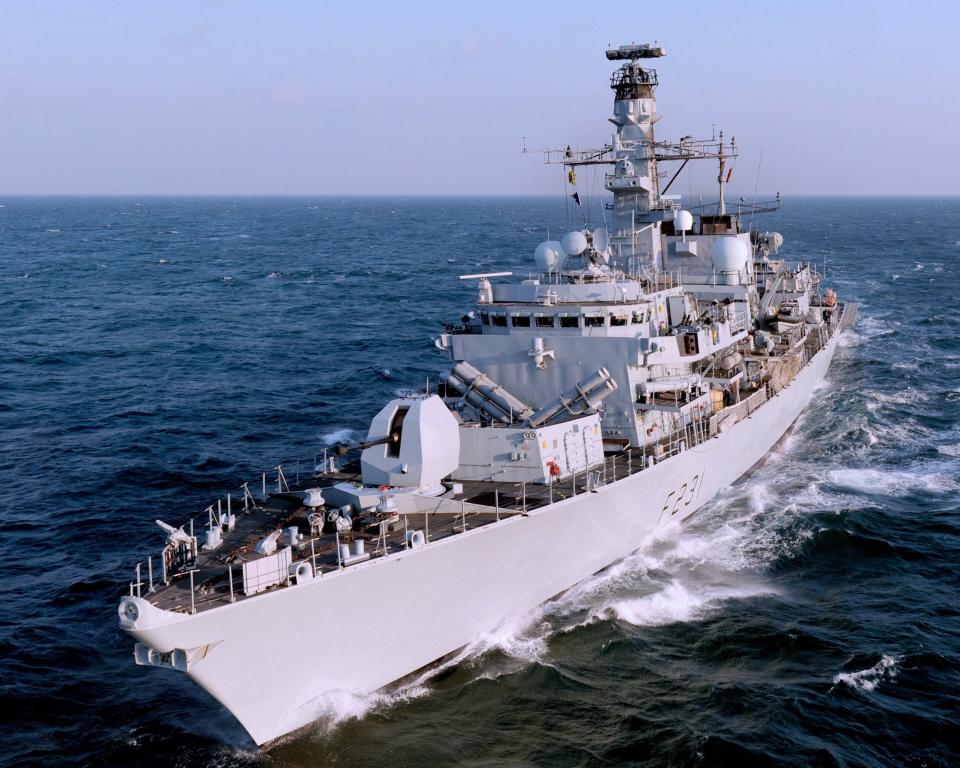
On top of this, opponents have pointed to the many millions of pounds that have been invested in the HMS Argyll and Westminster to have elongated their service lives to the end of the decade. Both vessels were upgraded as part of the Type 23 LIFEX program, completed in 2015 and 2017 respectively, with each refit costing at minimum £35 million/$54 million dollars, roughly equivalent to $70 million dollars adjusted for inflation today. More recently, Argyll underwent another multi-million-pound overhaul, while a refit for Westminster that was expected to last less than two years — which began in October 2022 but was suspended in May 2023 — bore an estimated cost of £100 million ($127 million).
"That the Royal Navy is forced by a lack of sailors to mothball ships shortly after refits that cost millions of taxpayers' money is further evidence of ministers failing to get to grips with deep problems in defense," The Labor Shadow Defense Secretary John Healey said more recently. "Ministry of Defense mismanagement has wasted at least £15 billion of public money since 2010, and satisfaction with service life has plunged to new lows."

Then there is the biggest elephant in the room — the Royal Navy's two large Queen Elizabeth class aircraft carriers. Since their genesis, one of the key reasons opponents of procuring the ships put forward was that they would be too expensive and manpower intensive and they would end up robbing from the surface combatant fleet. That is the same fleet that is also tasked with protecting the carriers while on cruise.
The carriers have crews of around 700, but those numbers swell when the air wing is deployed to well over double that number. While this is efficient by large aircraft carrier standards, the cost to build, maintain, and operate these vessels, and provide them with air wings, has been the greatest concern. While carriers are incredibly powerful, they can only be in one place at one time, and that is usually tied up at the pier. Having persistent presence around the globe, especially for a country with a rich naval power history and global interests like the U.K., is increasingly crucial as recent events have highlighted. On the other hand, the carriers provide the U.K. with a power projection capability that is only possessed by a handful of nations. So, whether the huge investment in two carriers was the proper decision or not remains up for debate.
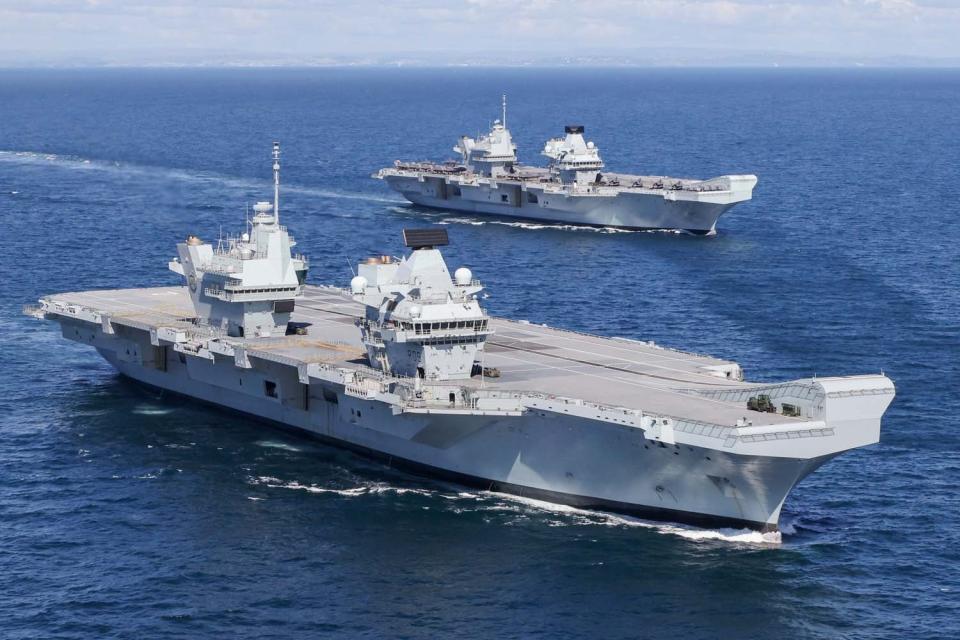
It remains to be seen if the claims published by The Telegraph are, in fact, official policy. However, if the two frigates are to be decommissioned sooner than previously expected, this would very much fit a pattern of retiring key capabilities in order to free up both funds and personnel. U.K. Defence Secretary Grant Shapps has recently proposed retiring the Albion class Landing Platform Dock (LPD) vessels HMS Albion and Bulwark, the possibility of which we raised back in 2019, specifically to free up available manpower.
We will keep our eyes peeled for if, and when, the Type 23 frigates get their decommissioning orders.
Contact the author: oliver@thewarzone.com

